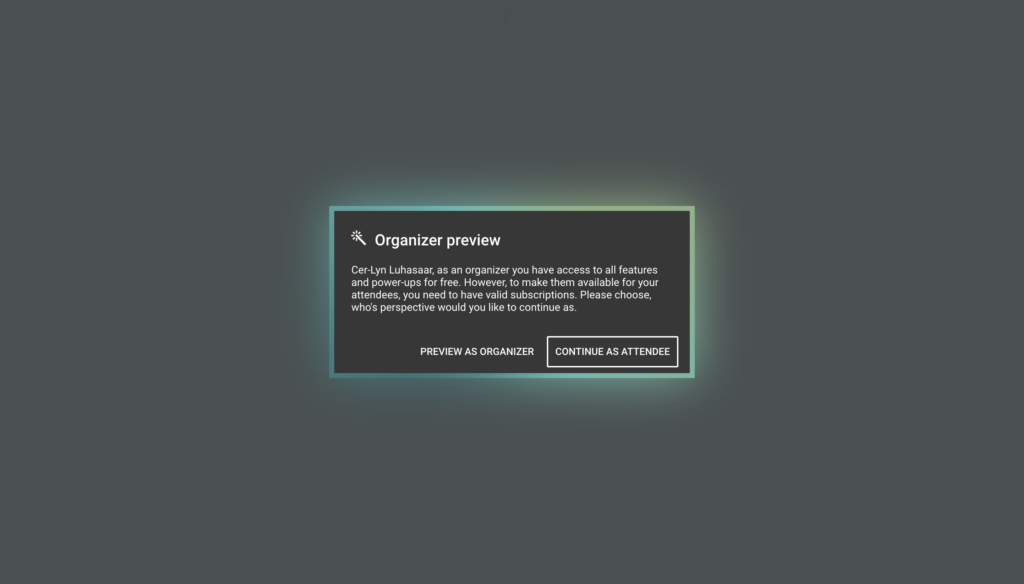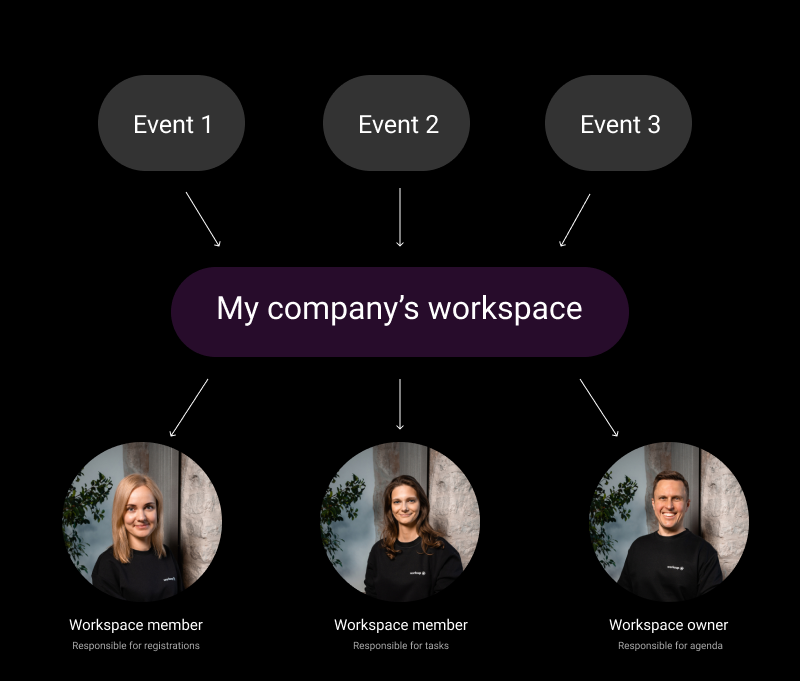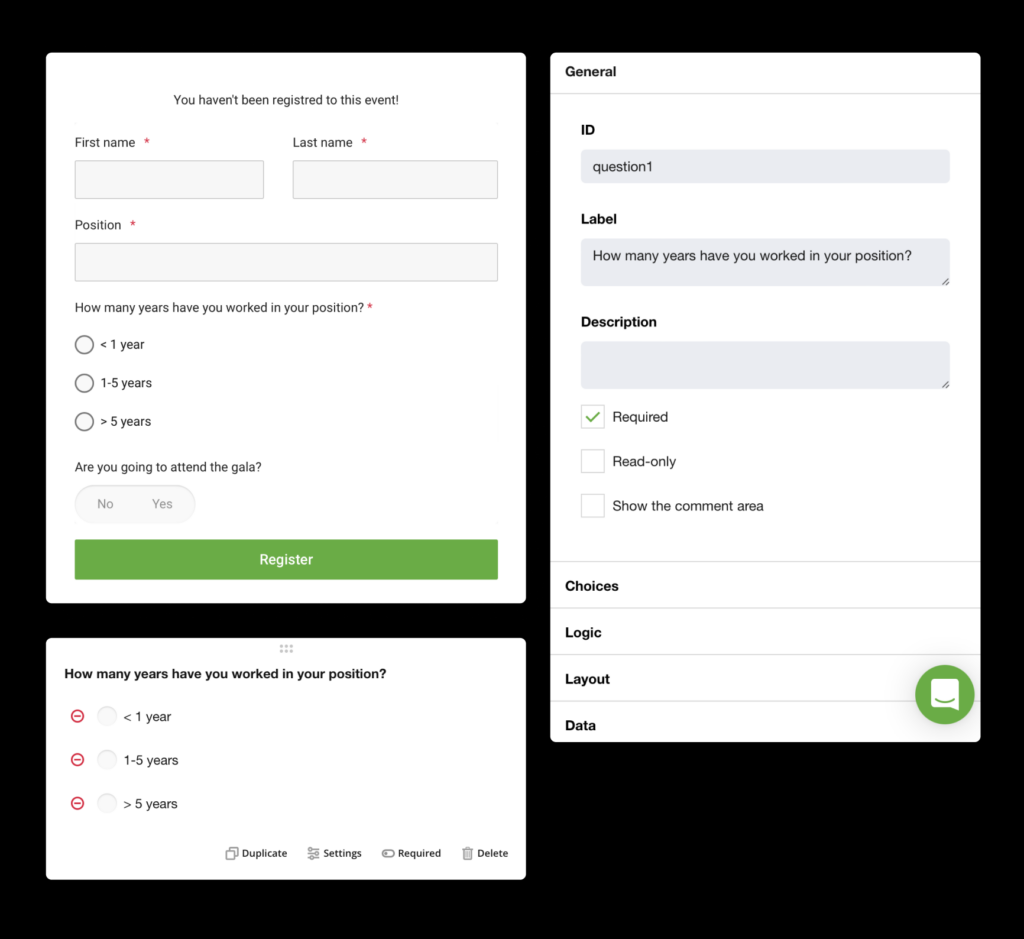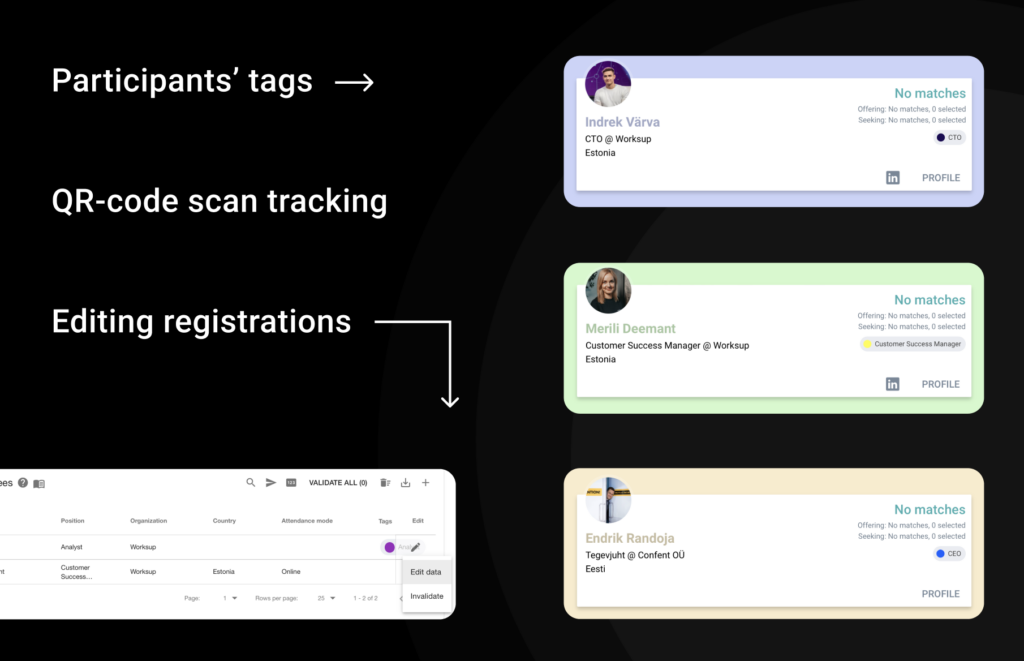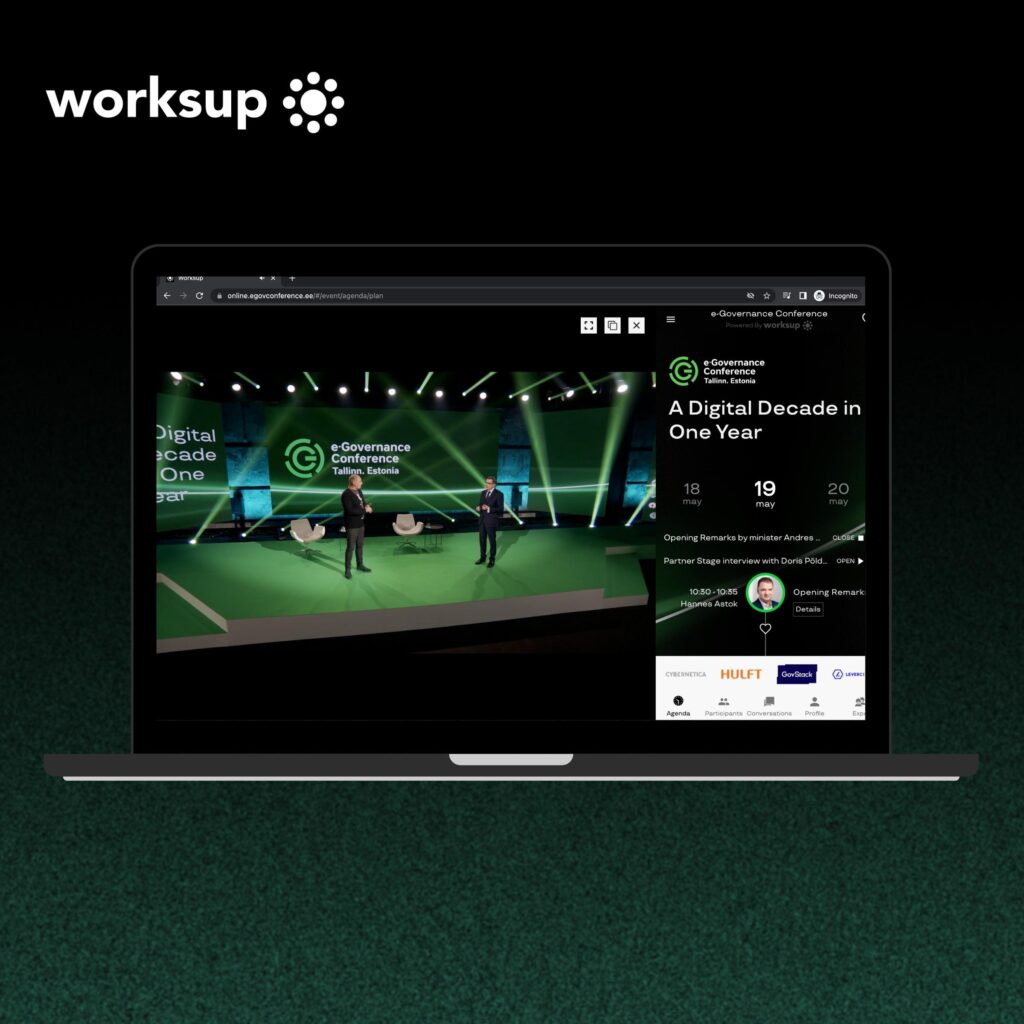Is our conference invitation-only or would anyone be able to join? Regardless, it is time to work on the event marketing and create a website that helps inform our audience, lets people sign up and will later remain a place where we can share materials from the conference.
If the economy is doing well, then the conference world is also well off. The competition is fierce and everyone is fighting for the attention of the participants. We should put effort into marketing regardless of whether our event is an internal or client conference or a paid or free event. But what should we pay attention to most?
Check the client database
The client database is the basis for sending out invitations to any event. Though, it might not always be up-to-date and needs to be constantly managed and updated. To this day, a lot of information concerning clients only exists in the salesperson head. This means that all the details of important clients are either non-existent or they are insufficient and out-of-date.
If our databases are not updated, the whole marketing process may receive an unexpected setback. So make sure you have a CRM like Pipedrive or similar set up.
The sooner the better
The best practice is to inform people of our conference at least two months in advance. We should send out a “save the date” notice as soon as the date and general content have been chosen. Doing this, our target audience can also have a say in programmes planning process and in one fell swoop, we have informed and involved them.
Think about our information channels carefully
For an internal conference the most used marketing channel is a calendar invite. Although dispassionate, it is a guaranteed way of notifying our colleagues. However, internal marketing could also be more creative. For example, we could make a separate website for the event. That could be used as a central place to store information about the conference topics after the event itself. Or we could surprise our colleagues by having traditional paper invites or a creative memento delivered to their desks.
Most conferences are sold via emails. If events content is meaningful and high-quality, that alone is enough to get people to attend. Then there is no need to do anything major to entice them. But the more competition the event has and the more expensive it is (or in the case of free events, the more valuable the time of the participant), the more marketing activities we need to plan. It could be paper invites, special solutions and mementos delivered by courier that help the conference stand out among the rest. To figure out how people are reacting to these things, we should also give a call to the most important people we have invited.
Whether our conference is an internal conference or a client conference, a website will help us inform people of the event. If it is designed well and has great functionality, it will also help significantly raise the profile of the event. The first thing an organising company thinks of is to use their own website, which can actually bring various limitations with it. For example, when a website is developed for a commerce conglomerate then the need for being able to also attractively present the conference on the website is usually not thought about. The website should allow to display the programme, sign up for the conference and upload videos, slides and other materials after the event. This is why we should also consider the solutions offered by our partners involved in the planning.
The pros and cons of DIY
Usually, companies have their own marketing department. In this case it makes sense to notify people about event related things in-house. The upside of doing this is saving on direct costs. The downside is that our sales and marketing personnel will not be able to focus on their main job and will instead have to work on organising the conference.
We may also run into technical difficulties. Our organisation might not be able to send out emails in their desired format or design. Also, the necessary changes on our website may take too long as we need the IT specialist who is located in the head office. A co-partner will usually develop a notification system. There they can also give recommendations on who to invite to the conference in addition to our list.
Client conferences organised by various companies and organisations are, above all, geared towards the business market and do not really concern the wider public. Still, organisers are always interested in getting media coverage for their event. Unfortunately, the market is oversaturated by conferences and journalists are generally not very receptive towards this information, so it is difficult to offer any quick advice here.
The next Conference School edition outlines how to execute event organization process the right way.
